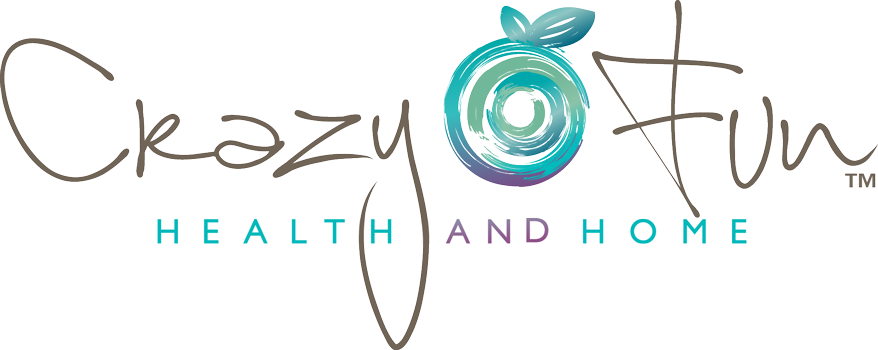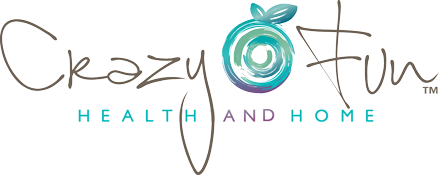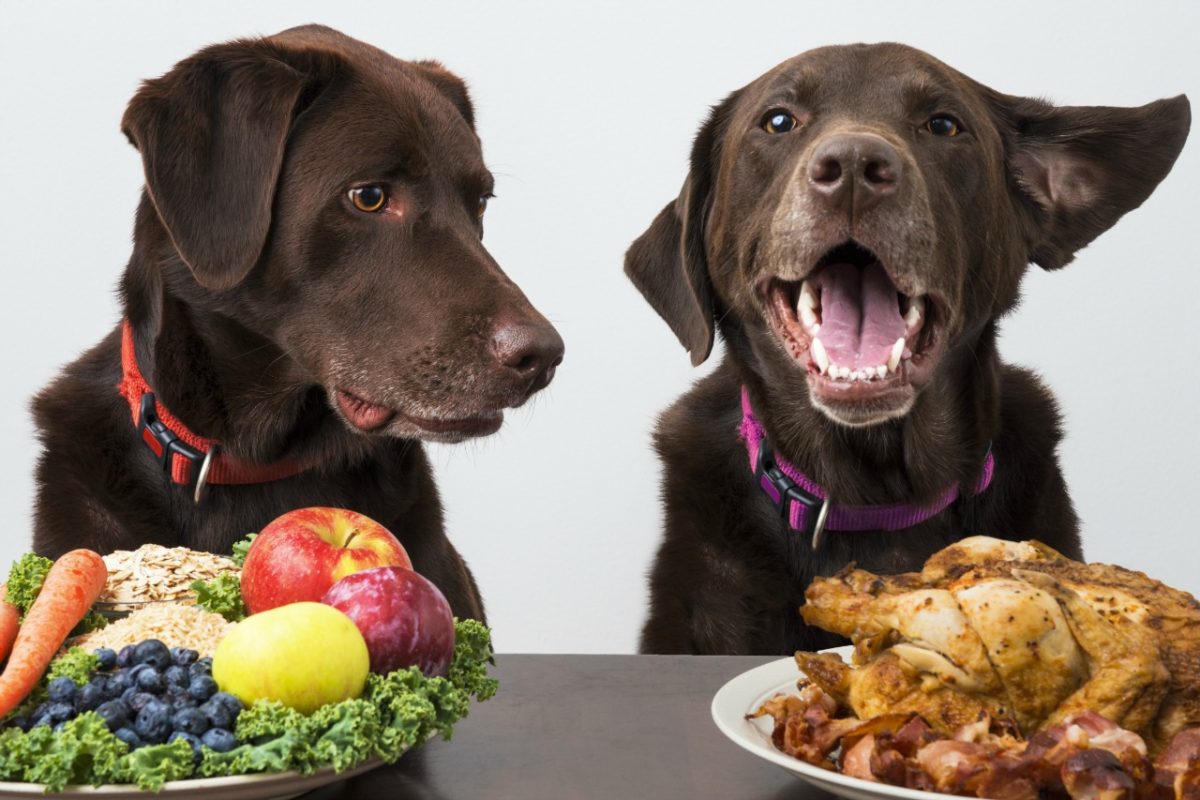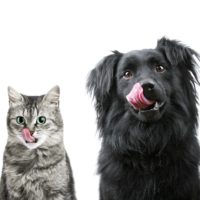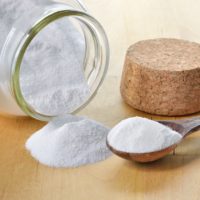What is “free-feeding” and why should you care? Free feeding means leaving high-quality dry kibble out and available for your dogs all the time. The pet food industry, and possibly even your veterinarian, have told you differently. Feed certain amounts, on a strict schedule, and absolutely no table scraps.
If this works so well, why do we have more overweight and unhealthy pets than ever before? There are varying reasons, but one them is that many pets, and people, are starving nutritionally. They are being driven to overeat because their cells are desperate for vital nutrients that low-quality calories—even in vast amounts—simply cannot deliver.
I see overweight pets, pets with severe allergies, and skin conditions, and now I am even seeing pet food lines being offered for diabetic pets. I see many gadgets that promise to slow your pet’s eating because he is “wolfing” down too much food too quickly. What in the world is going on here?
Our family has been blessed by many great dogs over the years, and all but one lived virtually disease-free, happy, and energetic lives. The one that didn’t had a severely compromised immune system that was likely a result of malnutrition and severe abuse in her first year of life (we found her starving on the side of the road at about 8 months old).
Our current dogs are not a fancy breed. We adopted them as puppies from our local animal shelter. From the beginning, they learned that food was abundant. We keep one bowl filled with high-quality kibble and one bowl filled with fresh, clean drinking water at all times. Two dogs, one bowl. Even when we have had up to four dogs at times, we have always had one bowl. Peace reigns and no one fights over food.
Animals have an amazing instinct to eat when they are hungry and stop when they are full. People have this instinct too, but our cultural habits have diminished our ability to recognize and respond properly to it. Unfortunately, we have done the same to our pets. The good news is, they can likely reset and get tuned into their natural instincts if given the chance.
I have noticed interesting patterns in our dogs feeding habits over the years. Animals eat with the seasons. They tend to eat more in the winter months and less in the spring and summer. This is very easy to see if you were to look at my dog food invoices over the course of a year. Another valid reason to let your dogs decide how much to eat and when!
The process will take time, and job one is to gradually change your pet over to a higher-quality diet. We feed our dogs Fromm Gold Adult Dog Food. Blue Buffalo is another good line. Start mixing the new kibble with the old kibble a little at a time until the switch is complete, usually over a 2-3 week period is best to avoid stomach upset. Once the switch is complete, the next step is to free feed.
Simply make sure the food bowl has food available at all times, morning and night. Also make sure your dog has plenty of fresh water and change the water at least twice a day. He may be a bit confused at first, and he may overeat a bit, but once he realizes food is readily available his eating habits should balance out.
If you have multiple dogs, there will likely be some “pecking order” issues at first. The best thing to do is to monitor the behavior from a distance and let them work it out. Our dogs are animals, not children, and we tend to interfere with their natural processes too much. If you have an aggressive dog that poses a danger to others in your household, this system may not be right for you. Use good judgement and maintain safety for all members of your household.
We do supplement the dry kibble with wet food feedings once a day, usually in the morning. We use canned food from Merrick and Whole Earth Farms. Feed according to your dog’s weight. We generally feed one 12.7 ounce can per dog and our dogs weigh in at about 40 pounds each. We rotate the canned food with a homemade version of chicken, brown rice, and greens.
You can also find a great variety of high-quality treats for your furry friends. Our favorite brands are again from Fromm and Blue Buffalo. If you like convenience, go to www.chewy.com for all your furry friend’s needs. To be clear, not all brands on Chewy are healthful options. Just like shopping at a store, you have to know to look for quality ingredients, not junky fillers. However, you can’t beat Chewy for value, convenience, and fast shipping.
A word about table scraps: for centuries, table scraps were how dogs were fed, period. The idea of commercial dog food has only been around since the 1920’s! It gained popularity in the 1960’s, about the time “convenience food” started to be mass marketed to humans, too. With a few exceptions, if you are eating healthy, whole foods, table scraps are just fine for Fido, too. Our pups are thrilled to do their part to help us with leftovers on occasion! And they adore scrambled eggs as a special treat. Be aware of foods that are harmful to dogs and make sure everyone in your family is educated on them as well.
By changing to high-quality, nutritious foods, your pet will likely adapt to a free-feeding schedule with ease. If your dog is overweight, you should see improvements within 6-8 weeks after starting the program. Another bonus from feeding a nutrient-rich diet? Less poop! When your dog is eating fillers, most of it passes right through his system without being properly digested as used by the body. When the food is highly absorbable, there is less waste to be eliminated. Now that’s a reason to celebrate!
Free feeding may not work for everyone. If your dog is an outside dog, you may run into issues with pests overtaking the food bowl, ants in particular. If you have an elderly pet, you may not want to put him through the stress of major changes so late in life. Some dogs simply can’t make the switch from scheduled to free feeding without overeating. Evaluate your situation and make the changes that will benefit your family. Even if you don’t free feed, changing to higher quality food will keep your pet thriving and happy for years to come.
For more information regarding a holistic approach to pet care, I highly recommend reading The Nature of Animal Healing by Dr. Martin Goldstein.
